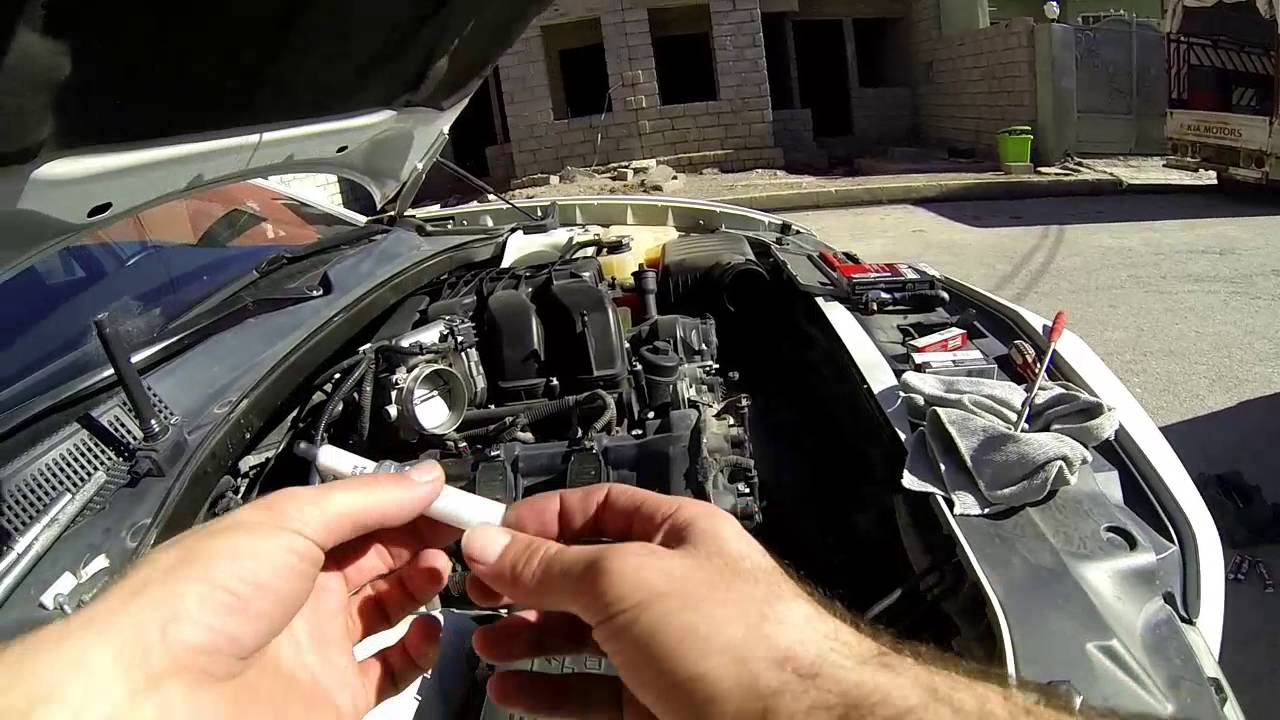There are a lot of different factors that can affect how many spark plugs are in a V6 Dodge Charger. The year, make, and model of the car can all play a role in determining how many spark plugs are in the vehicle. Additionally, the size of the engine can also affect the number of spark plugs.
Generally speaking, however, most V6 Dodge Chargers will have six spark plugs.
How Many Spark Plugs in a V6 Dodge Charger?
The number of spark plugs in a V6 Dodge Charger depends on the model year. Prior to 2008, there were eight spark plugs in the engine.
From 2008 onward, there are only six.

Credit: www.manorracing.com
Does Dodge Charger Have 16 Spark Plugs?
The short answer is no, the Dodge Charger does not have 16 spark plugs. The engine options in the Charger only require 8 or 6 spark plugs respectively.
The long answer requires a bit of history.
The original Hemi V8 engine used in the Charger (and other Chrysler vehicles) was designed way back in the 1950s. This engine had 16 cylinders arranged in a V configuration, with 2 banks of 8 cylinders each. Each bank had its own set of spark plugs, for a total of 16 plugs.
However, this original Hemi engine was very large and heavy, making it impractical for use in modern cars. So over the years, Chrysler has downsized and redesigned the Hemi engine several times to make it more compact and efficient while still maintaining its power and performance.
The current generation of Hemi engines available in the Dodge Charger (and other Chrysler vehicles) are much smaller than the original 1950s design, but they still pack a punch.
These engines come in either 8-cylinder or 6-cylinder configurations, so they no longer need 16 spark plugs.
How Many Spark Plugs Does a 2006 Dodge Charger Have?
If you own a 2006 Dodge Charger, you probably already know that it takes quite a beating. Your car’s engine has to work hard to keep up with your demands, and as a result, parts can wear out quickly. One of the most common issues that can arise is spark plug problems.
So, how many spark plugs does a 2006 Dodge Charger have?
The answer may surprise you – there are actually 12 spark plugs in total! 6 of them are located in the front of the engine, and another 6 are located in the back.
This design helps to evenly distribute the workload among all of the cylinders, and ultimately results in better performance overall.
If you’re having trouble with your spark plugs, it’s important to take care of the problem as soon as possible. Ignoring it will only make things worse, and could potentially lead to some serious engine damage down the road.
If you’re not sure how to replace them yourself, don’t hesitate to take your car to a qualified mechanic who can do it for you.
How Many Spark Plugs Does a V6 300 Have?
A V6 300 has six spark plugs.
How Many Spark Plugs Does a V8 Charger Have?
A V8 Charger has eight spark plugs. In order to keep your vehicle running smoothly, it is important to regularly check and replace your spark plugs as needed. Depending on driving habits and conditions, most spark plugs should be replaced every 30,000 miles or so.
How To Change Spark Plugs on 3.5L Chrysler 300, Dodge Charger, Magnum
How Many Spark Plugs in a V6 Dodge Challenger
If your Dodge Challenger has a V6 engine, it likely has six spark plugs. The number of spark plugs in an engine is determined by the number of cylinders it has. Since a V6 engine has six cylinders, it also has six spark plugs.
Spark plugs are responsible for igniting the fuel in your engine’s cylinders. They create a small spark that ignites the air and fuel mixture inside each cylinder. This mixture is then compressed by the piston and ignited, powering the engine.
Without functioning spark plugs, your Dodge Challenger’s engine will not be able to run properly. If one or more of your spark plugs is not working correctly, it can cause misfires and decreased performance. It’s important to keep all of your spark plugs in good condition so that your engine can run smoothly and efficiently.
Conclusion
If you have a V6 Dodge Charger, you’ll need six spark plugs. These are located in the engine and help to Ignite the air/fuel mixture so that your car will run.
